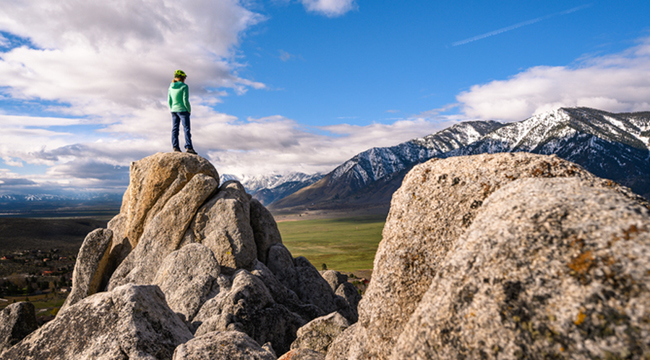
We’ve all been caught in that awkward position of having to watch someone as they endlessly scroll travel photos and videos from wherever they just vacationed to. It can be rough. First, you probably already caught it all on the ‘gram or Snapchat. Second — let’s face it — most of us don’t know two things about capturing compelling photos. When it comes to videos we’re even more inept. Unless you follow a bunch of influencers, it’s a rare scroll that reveals someone on your feed who knows what the hell they’re doing.
To help you up your game this summer, we asked professional photographer, director, and Nikon ambassador Corey Rich for tips on when to shoot, how to shoot, and what you’ll need to create compelling photos and videos of your adventures. By following his advice, your friends’ eyes might not glaze over quite so fast when you share your next batch of summer travel photos.
—
What hours are the best time to shoot and at what hours should we just forget about even trying?
As a filmmaker or as a photographer, you just have to get up early and you have to stay up late. That’s the bottom line. You want to be out there before the sun is rising or that first hour after the sun has risen. That applies to the end of the day too… It’s the magic hour. It’s the most beautiful light.
When that sun is totally overhead and there are ugly shadows falling right on top of your subject’s face and the shadow from their nose is creating a diamond shape or triangle under their nose and they have raccoon eyes — there’s not a lot that you can do to make that look good. You increase your odds of creating compelling content if you shoot in good light.
If you’re sitting in your house drinking coffee, watching the sunrise, you’re blowing it. If you’re having a cocktail on your deck or on someone’s deck and you’re watching the sunset, you are definitely blowing it. You need to be shooting during those times and having your cocktails at noon. And I say that as someone who loves coffee and cocktails!
So, at around noon just don’t even bother?
You know, look, every rule is made to be broken. There are Pulitzer Prize-winning still images and incredible videos that were shot at high noon, there’s always the caveat.
Here’s a great example: when it’s raining, there are thunderstorms, it’s snowing — the time of day doesn’t matter anymore. So high noon can be incredibly stunning. At high noon when there’s a thunderstorm and big thunderhead building in the background and a rainbow is forming behind you and the image is a shaft of light poking through the cloud, that’s pretty amazing.
Be conscientious of what mother nature is dishing out. Get out of that overhead light, go indoors and shoot, shoot in the shade, find some open shade. That works at high noon. It’s just a strike against you. Now there’s a challenge that you’re trying to overcome.
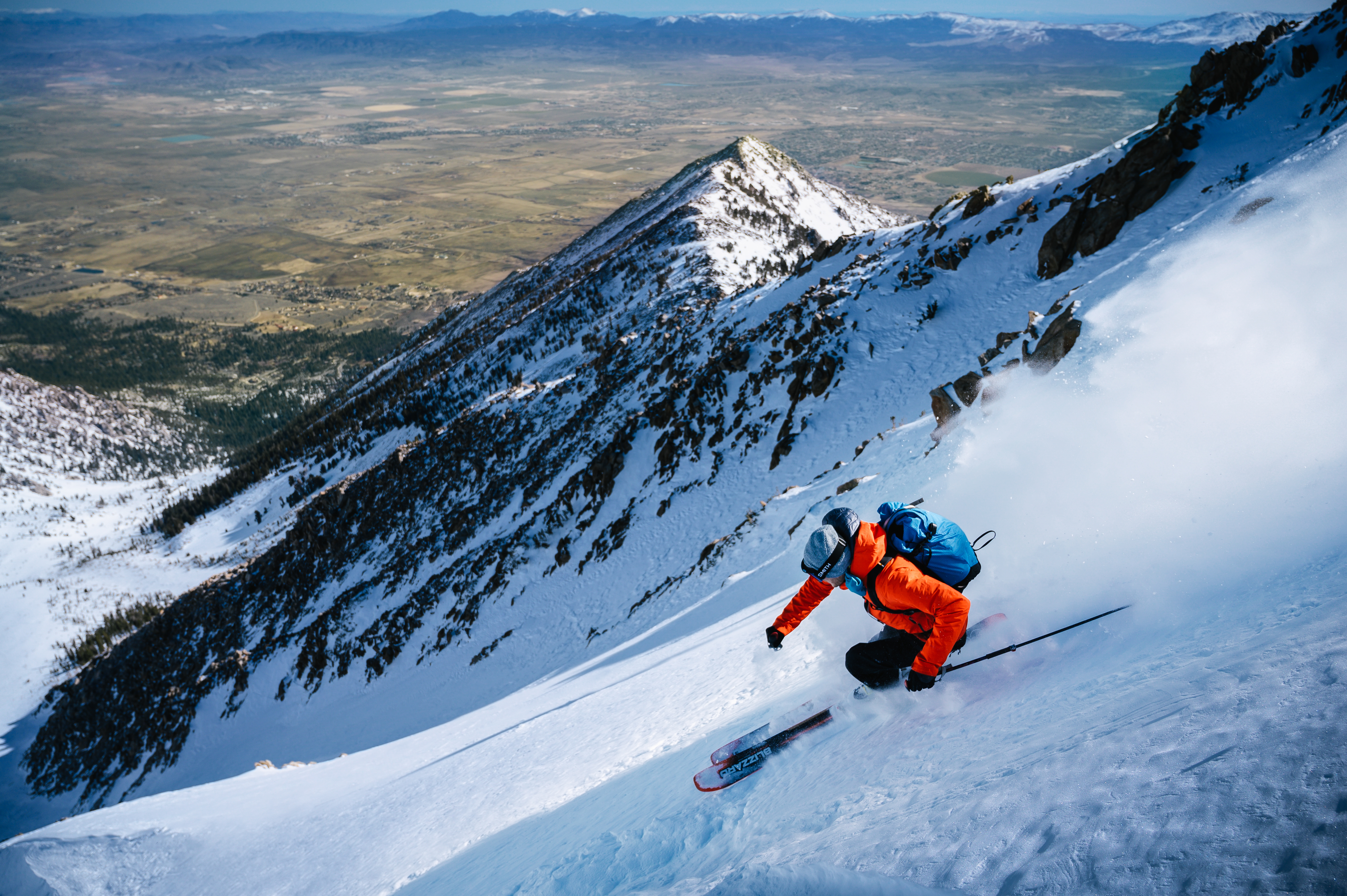
How do you balance the need or the pressure to take photos and videos when you’re out or when do you just decide, you know what, right now I’m just going to enjoy the act of traveling. Do you have to battle with that?
Be conscientious of your priorities.
Over my career I’ve definitely learned how to really appreciate the situations I’m in while my eye is pressed against the viewfinder of the camera , but I’m also totally aware of where I am and my senses are piqued and I’m seeing it, I’m smelling it, I’m hearing it, I’m experiencing it. Frankly, that camera in my mind allows me to experience the place in a way that I’m not sure I would even experience if I didn’t have that camera. The camera is this golden ticket. It allows you into places and experiences that otherwise as a tourist or a passer-by you just don’t have access to.
I think you have a more genuine experience in most cases when you do have that camera around your neck or pressed up against your eye… I just freaking love shooting video and still photos, and so I don’t actually know a world where the camera is not part of my life. Whether that’s while working or whether I’m traveling with my family or I’m on a climbing expedition with my friends … the camera’s always there and there’s this magnetic pull that it just flies out of the bag and goes to my eye.
You’re a brand ambassador for Nikon and the Nikon Z, which is mirrorless. Is that a good pick for a camera beginner? In what ways is it better or worse than a traditional DSLR?
I’m going to speak to the video side for a second. It’s the ultimate jumping off point for the person that’s interested in shooting video. For a storyteller that’s passionate about storytelling in the video space, a mirrorless camera, the Z6 is sort of the ultimate tool.
We all forced the DSLR camera to be a video camera, but it wasn’t optimized for shooting video. The form factor is just not quite right. The nature of being a DSLR, you can’t look through the viewfinder and see the image and roll at the same time because there’s a mirror and that mirror has to flip up and that allows you to capture still image or capture video. That’s really the beauty of the mirrorless camera just at the most fundamental level. A mirrorless camera is incredible when you’re shooting video because you can actually look through the viewfinder and press the record button and it doesn’t black out that viewfinder.
You’re actually seeing through that electronic viewfinder what you’re capturing, so it feels much more like a video camera, but then you have all of the flexibility and freedom of interchangeable lenses and the ability to shoot in a full frame format which is a tough thing to find in the video market for the price point of the Z6. Those interchangeable lenses allow you to have that real cinematic look. You can, if you want to shoot wide open at F 1.4, you can do that if you want to stop down. But shooting wide open or with limited depth of field is part of what achieves that cinematic look.
On top of that, the small form factor of the Z6 makes it kind of lightweight, the weight of the Z6 is incredible because it allows you to use a lot of these sort of small filmmaking tools, small gimbals. A handheld gimbal can create very cinematic looking footage. Kind of that Hollywood style footage.
I’ve joked with many of my colleagues and friends, I’m not sure I’m ever going to shoot video again on a DSLR. The easier using the tool becomes, the more I can focus on the content I’m shooting and make better visuals, more storytelling content.
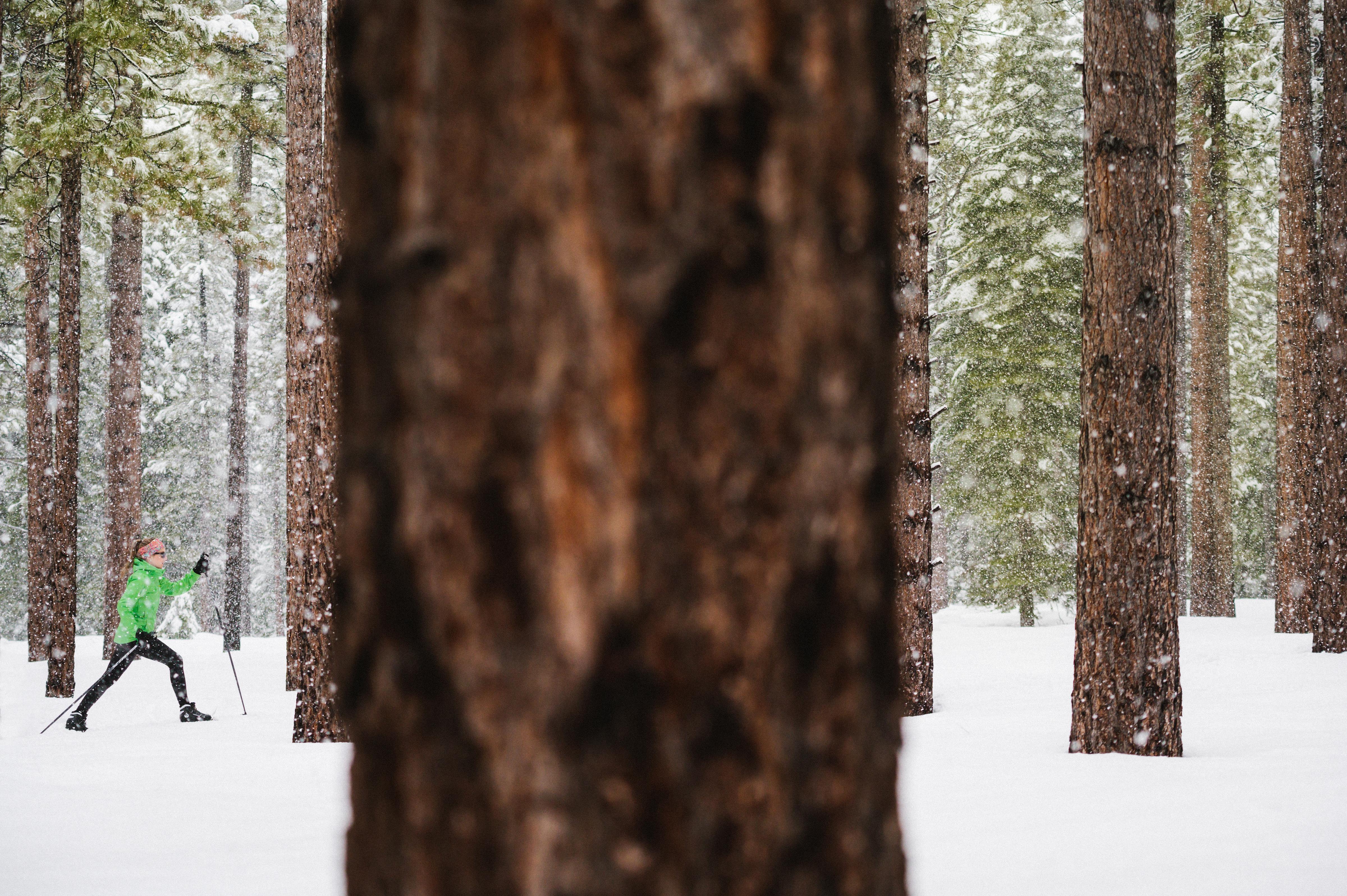
How do you decide, okay, this deserves to be video, or this deserves to be a photo? How do you differentiate that?
For me, it’s really easy to decide whether it’s a video or still photography if you’re working for a client because the client has a clear expectation. If there’s a 60-second deliverable, a three-minute video deliverable, a 30-second video deliverable. Do I put 80% of my time into video or do I put 80% of my time into still photography? And more often than not I find with video, it just takes more time. That’s just plain and simple. Capturing compelling emotional storytelling just requires more time than shooting still photographs.
Let’s just say in a 10-minute block of time I’m going to spend eight minutes shooting video, refining that shot. So I’ve gone through the process of figuring out the best angle, what am I putting in the foreground, how am I going to use the light, what’s the right moment? Then by the time I’m down to that last two minutes, that 20% of the 10 minutes, I’m now switching gears. Now I’m shooting a still photo, but I’ve done a lot of the heavy lifting when shooting the video portion of the project. So now it’s much easier to sort of go through the visual evolution of the scene. I’ve evolved the scene and now I switch into still photography mode and capture the still image.
When you flip it, it’s a little bit harder to pull that off. Oftentimes if you spend 80% of your time shooting the still photograph then the videos as an afterthought, it often times FEELS more like an afterthought. It’s harder to fake high-quality video footage… So if you put a lot of time into evolving the scene for the video, I find that your odds of success in doing a single still photograph, or a series of still photographs in that 20% block of time, your success ratio is higher than during the opposite. And that’s taking nothing away from still photography, by the way.
Making great pictures is incredibly challenging. But boy, shooting high-quality video, I find it’s even more challenging. There’s a lot more to think about.
What pieces of technology or other tools, aside from a camera, are kind of vital for capturing compelling video footage?
It’s similar to still photography in the sense that nothing else is required really. It’s all about a good idea and being there at the right time. You know, if there were two simple pieces of equipment that … I don’t want to say they’re mandatory, because amazing films have been shot without these pieces of equipment. But a tripod with a fluid head? Pretty darn important. Like inevitably in shooting a video, you’re going to, at some point, want to put that camera on a tripod and fluidly move the camera right or left or up and down.
And secondarily, neutral density filters. ND filters allow you to cut the light that’s coming into the camera basically. You bring the light down by a few stops and that allows you to stop, open up your lens, and shoot more wide open, which gives you kind of shallower depth of field. The good news is, a tripod and ND filters? They’re not really expensive. Everything else is the icing on the cake…
Beyond that, then you start getting into gimbals and drones and jib arms and sliders and motion control heads.
Again, it comes down to what you’re trying to shoot. If that’s part of your vision, if you want lots of fluid movement and the camera’s going to smoothly follow your subject and you want aerials then you need those tools. But I love to say, that content is king. What you’re trying to accomplish, and the subject matter that you’re shooting at the end of the day is the most important. You can have all of those tools, but if what you’re shooting is not interesting and you’re doing it in the wrong light, it’s a poor subject and there’s no story, none of those tools are going to cover that up. Don’t let the gear get ahead of the idea or the concept that you’re trying to shoot.
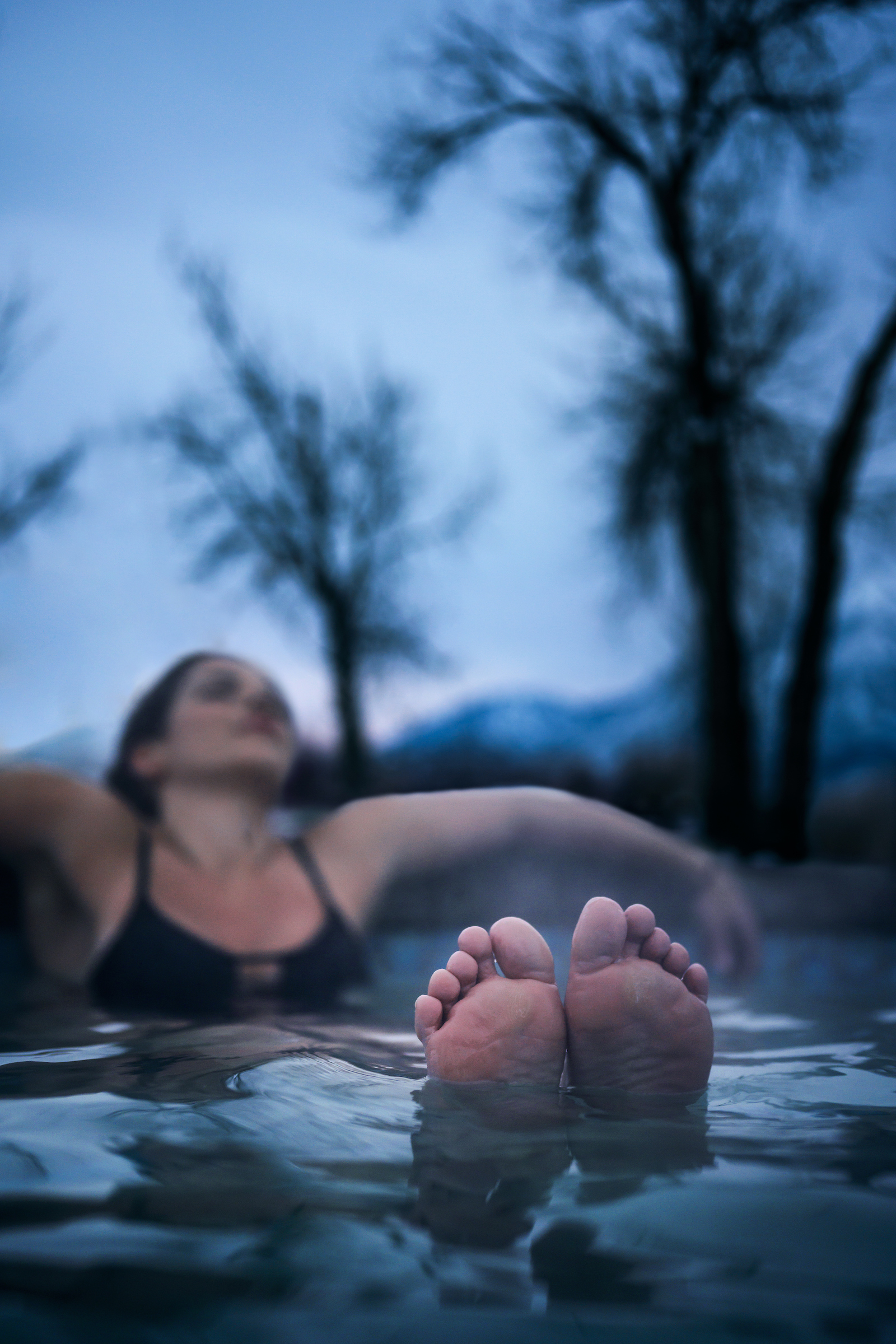
Orange and teal tones are so pervasive in travel photography, on Instagram at least. Are there color combinations that you think that the people on Instagram are really missing the boat on?
That’s a good question. No, you know, I think it’s pretty tough to say that, boy, certain colors work, certain colors don’t. I mean, It really comes down to good use of color and good use of size of subject in any image. At a very fundamental level it helps if you have a muted tone… and that your subject is in a bright color. In general, it works. You know… a guy standing on a mountain top in a red jacket works better than a guy standing on a mountain top in a blue jacket camouflaged by the blue sky.
But so much of it is dependent on the actual scene. I think when you allude to those kind of warm tones on Instagram or those cool tones on Instagram, those images that work, I think it’s less about the color. It’s actually the time of day… you’re describing that beautiful light that you find early in the morning and late in the evening, which tends to be either very warm sort of right around the sunrise or right the sunset, or you know, 30 minutes after the sunset or 30 minutes before sunrise, it tends to be pretty cool, like sort of bluish light.
So I don’t think it’s about that perfect look, you can add a color gradient to your video footage or your still photos in post-production, but if it’s a bad photo and it’s shot in bad light, that color gradient’s not going to change the quality of that image. My sense is what you’re responding to and we all respond to in imagery, and whether that imagery is on Instagram or whether it’s on a billboard or whether it’s in a print publication on the landing page of a website, we’re just moved by compelling, moody, beautiful light.
In terms of editing, how important is it to catch the content and make the content compelling to make the editing easier? Or can you totally save something in an edit?
I think it comes down to that what you’re striving for? We want to create a final piece. When I say a final piece that means a video or a still photograph that’s great. You know, I like to say there’s a collective subjective. If you show a photograph to 20 people, friends, family, people you don’t know, they’re the ultimate judges.
This applies to video as well. You showed that clip or you showed that photo to 20 people, and if their reaction is, you know, limited, it’s okay. If there’s some response, it’s good. And if everyone says, “Wow,” they just audibly can’t control themselves and their reaction, “This is great, this is amazing,” now you’ve achieved something special, you made something that’s great. And to achieve something that’s great, it requires both the capture and the field needs to be amazing. You need a lot of great moments, a lot of great light, a lot of great composition captured in the field… then you need really intelligent, compelling editing in the aftermath.
Can you polish a mediocre video in post? Sure. But it starts to look pretty gimmicky. To the trained eye — and we’re all very savvy about this as a society — we look at a lot of visual content today via Instagram… Frankly, I would take amazing content with a mediocre edit over mediocre content with a great edit any day.
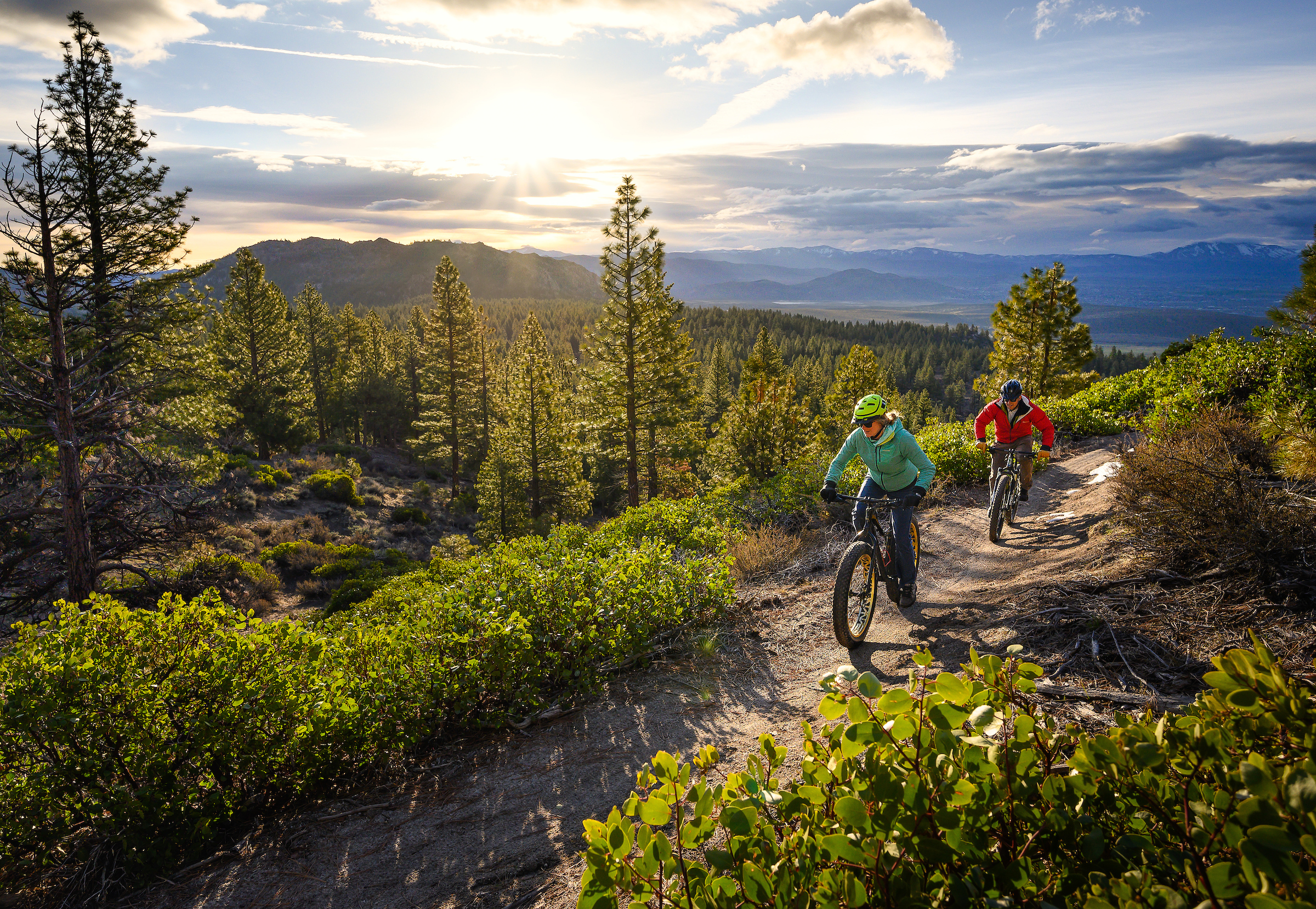
Is it possible to truly make great footage with just a single camera though?
100%. Never has the playing field been so level. If someone says, “I want to make an amazing film,” 30 years ago it meant you needed access to a $100,000 cinema camera and access to an edit suite. Today, let’s face it, like a single camera, single lens, a great idea, and enough time and energy put into it? Heck, you could edit the movie on your laptop.
Never has the playing field been so level, and whether it be the Z6 camera with the single lens — I’ve shot a lot with the… 70 millimeter stock lens and it’s amazing what I’ve captured, both in still photography and video, with out of the box, the Z6 and the 24 to 70 millimeter F 4 lens — we’re just living in an amazing time where it’s all about your ideas and your kind of commitment to going out and actually pressing that record button.
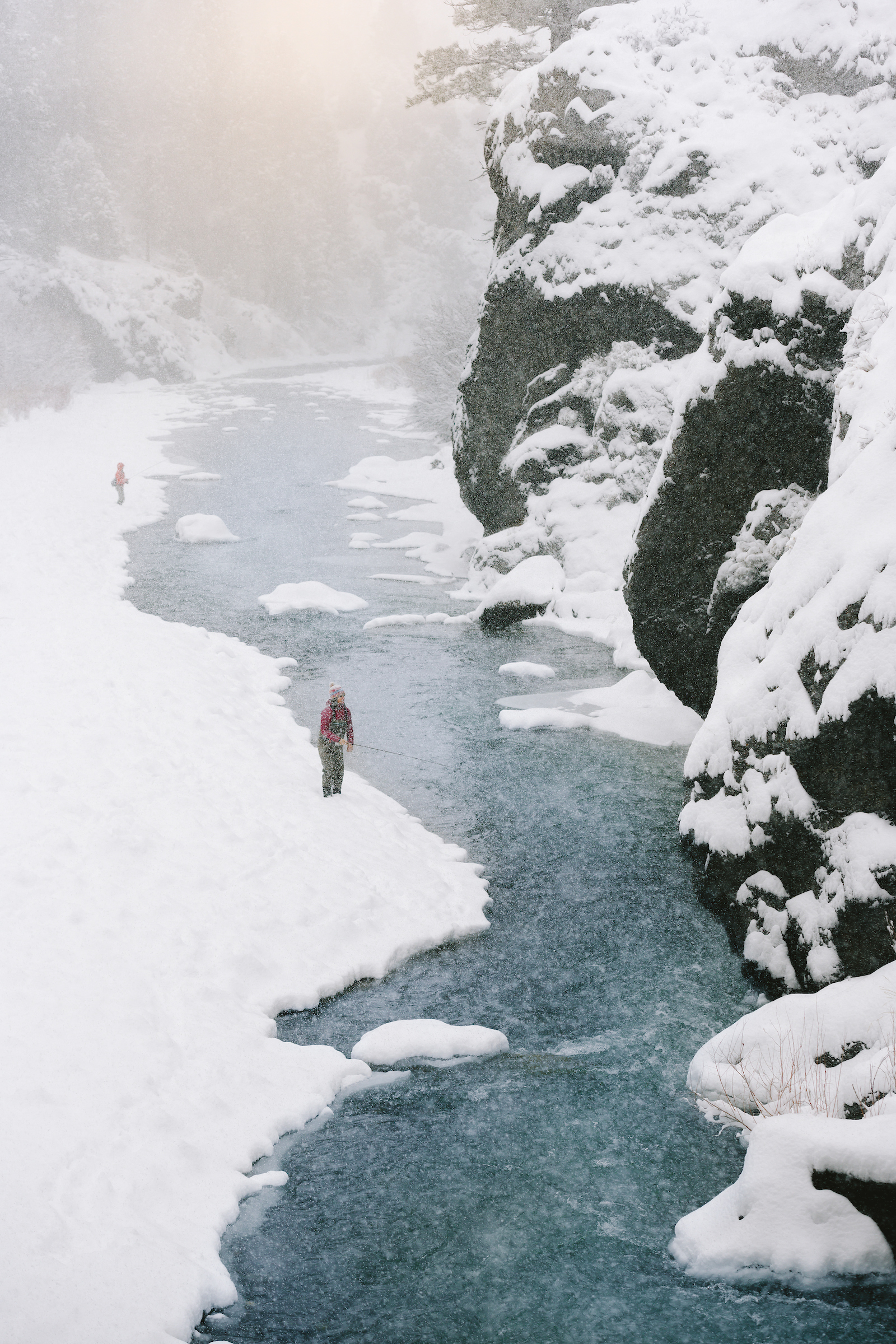
What are some quick composition tips that you would give to a beginner who is starting to get involved in shooting video or photography for the first time?
Let me give even kind of a higher level tip to any kind of novice getting involved with video and still photography. You know, always there are three things to think about, and that is:
1. The light. What is the quality of light? How are you using the light? Where’s that light source coming from?
2. It’s the composition. It’s where are you putting your subject within that frame.
3. Then it’s the moment. In still photography that means when you’re depressing that shutter, and in video it means when are you pressing that record button — what are you capturing? What’s going to happen in that three seconds or five seconds or ten-second clip? But any great video clip or any great still photograph, all three of those criteria you’ve delivered on, light, composition, and moment.
More specifically to your question around composition, there’s a really basic philosophy which is the rule of thirds, don’t put your subject bullseye right in the center of the frame. Put them on the upper third, the lower third, the right or the left third. Kind of move them around in your frame and put that subject in a logical area. Wait until it feels aesthetically pleasing. And I said it before when we were talking about how to make high noon light look good. It’s not to say that you can never put your subject bullseye in the center of the frame, but in general, those tend to be the less interesting photographs. I’m always exploring where can my subject fit in applying that rule of thirds, upper right upper left, lower left, lower right?
And pay attention to the edges. You’re responsible for that rectangle, whether it’s flipped vertically or whether it’s flipped horizontally. Even when you have great composition, you still want to make sure there’s just nothing bleeding in on those corners or edges. And if it is, just make it intentional. Be conscientious of the fact that there’s sort of edge of a tree branch sticking in on the left-hand side of the frame. If it’s in your frame, you’re responsible for that content. So just be very critical. Be your toughest critic of what’s in your composition, what’s in your frame.






